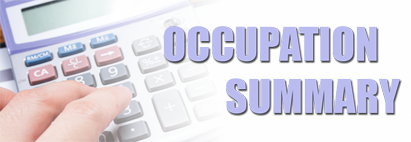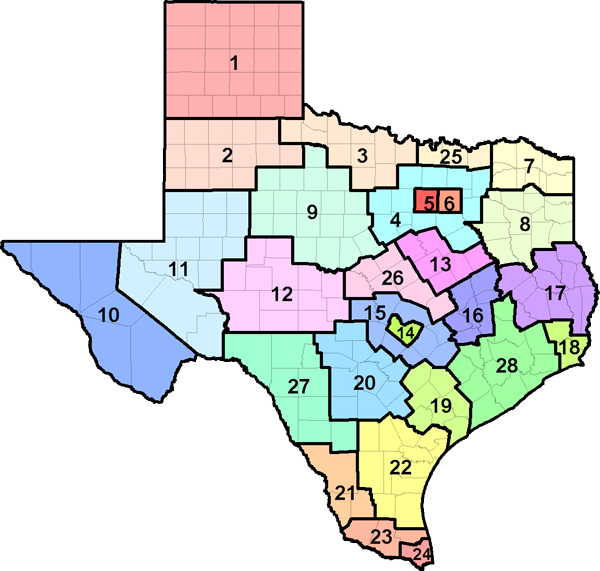The U.S. Department of Labor has developed an automated occupational information database, O*NET, that identifies and describes work content, work skills, and training requirements for all jobs across the country in all sectors of the economy. Much of the occupational information contained in this report is derived directly from the O*NET database, and supplemented with information from the Bureau of Labor Statistics, Census Bureau, and Labor Market and Career Information.

| Industry | % of Surgical Technologists employed | Annual Growth Rate |
|---|---|---|
| General medical and surgical hospitals | 69.8 | 0.35 |
| Outpatient care centers | 11.9 | 1.64 |
| Offices of physicians | 11.5 | 0.31 |
| Employment services | 2 | 0.00 |
| 2024 Statewide average hourly wage | $30.26 |
| 2024 National average hourly wage | $31.64 |
| 2022 National employment | 109,200 |
| 2022 Texas employment | 9,197 |
| Texas projected employment by 2032 | 10,617 |
| Texas projected annual employment and Turnover openings through 2032 | 730 |

| Region | Employment | Projected Employment 2032 | Projected Annual Openings 2032 |
Annual Growth Rate |
Average Income |
|---|---|---|---|---|---|
| Texas (all regions) | 9,197 | 10,617 | 730 | 1.45% | $62,939.00 |
| Top 10 Relevant Knowledge Areas | Relevant Importance Levels |
|---|---|
| Customer and Personal Service Knowledge of principles and processes for providing customer and personal services. This includes customer needs assessment, meeting quality standards for services, and evaluation of customer satisfaction. |
|
| Medicine and Dentistry Knowledge of the information and techniques needed to diagnose and treat human injuries, diseases, and deformities. This includes symptoms, treatment alternatives, drug properties and interactions, and preventive health-care measures. |
|
| English Language Knowledge of the structure and content of the English language including the meaning and spelling of words, rules of composition, and grammar. |
|
| Education and Training Knowledge of principles and methods for curriculum and training design, teaching and instruction for individuals and groups, and the measurement of training effects. |
|
| Psychology Knowledge of human behavior and performance; individual differences in ability, personality, and interests; learning and motivation; psychological research methods; and the assessment and treatment of behavioral and affective disorders. |
|
| Public Safety and Security Knowledge of relevant equipment, policies, procedures, and strategies to promote effective local, state, or national security operations for the protection of people, data, property, and institutions. |
|
| Biology Knowledge of plant and animal organisms, their tissues, cells, functions, interdependencies, and interactions with each other and the environment. |
|
| Mathematics Knowledge of arithmetic, algebra, geometry, calculus, statistics, and their applications. |
|
| Computers and Electronics Knowledge of circuit boards, processors, chips, electronic equipment, and computer hardware and software, including applications and programming. |
|
| Administration and Management Knowledge of business and management principles involved in strategic planning, resource allocation, human resources modeling, leadership technique, production methods, and coordination of people and resources. |
| Top 10 Relevant Skill Areas | Relevant Importance Levels |
|---|---|
| Monitoring Monitoring/Assessing performance of yourself, other individuals, or organizations to make improvements or take corrective action. |
|
| Active Listening Giving full attention to what other people are saying, taking time to understand the points being made, asking questions as appropriate, and not interrupting at inappropriate times. |
|
| Operations Monitoring Watching gauges, dials, or other indicators to make sure a machine is working properly. |
|
| Time Management Managing one's own time and the time of others. |
|
| Speaking Talking to others to convey information effectively. |
|
| Critical Thinking Using logic and reasoning to identify the strengths and weaknesses of alternative solutions, conclusions, or approaches to problems. |
|
| Coordination Adjusting actions in relation to others' actions. |
|
| Instructing Teaching others how to do something. |
|
| Service Orientation Actively looking for ways to help people. |
|
| Complex Problem Solving Identifying complex problems and reviewing related information to develop and evaluate options and implement solutions. |
| Top 10 Relevant Abilities | Relevant Importance Levels |
|---|---|
| Oral Comprehension The ability to listen to and understand information and ideas presented through spoken words and sentences. |
|
| Problem Sensitivity The ability to tell when something is wrong or is likely to go wrong. It does not involve solving the problem, only recognizing that there is a problem. |
|
| Near Vision The ability to see details at close range (within a few feet of the observer). |
|
| Speech Recognition The ability to identify and understand the speech of another person. |
|
| Arm-Hand Steadiness The ability to keep your hand and arm steady while moving your arm or while holding your arm and hand in one position. |
|
| Manual Dexterity The ability to quickly move your hand, your hand together with your arm, or your two hands to grasp, manipulate, or assemble objects. |
|
| Selective Attention The ability to concentrate on a task over a period of time without being distracted. |
|
| Oral Expression The ability to communicate information and ideas in speaking so others will understand. |
|
| Information Ordering The ability to arrange things or actions in a certain order or pattern according to a specific rule or set of rules (e.g., patterns of numbers, letters, words, pictures, mathematical operations). |
|
| Perceptual Speed The ability to quickly and accurately compare similarities and differences among sets of letters, numbers, objects, pictures, or patterns. The things to be compared may be presented at the same time or one after the other. This ability also includes comparing a presented object with a remembered object. |